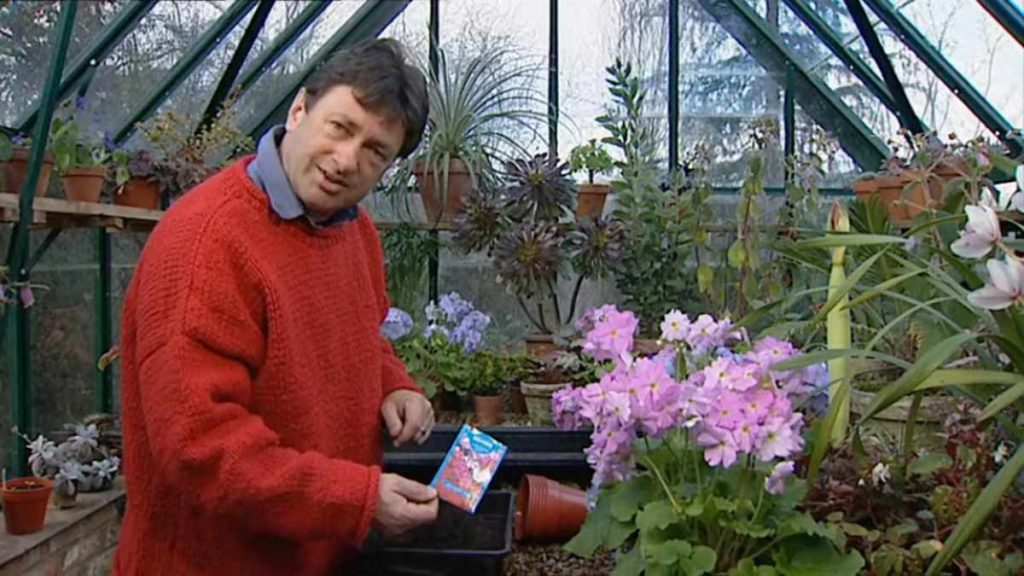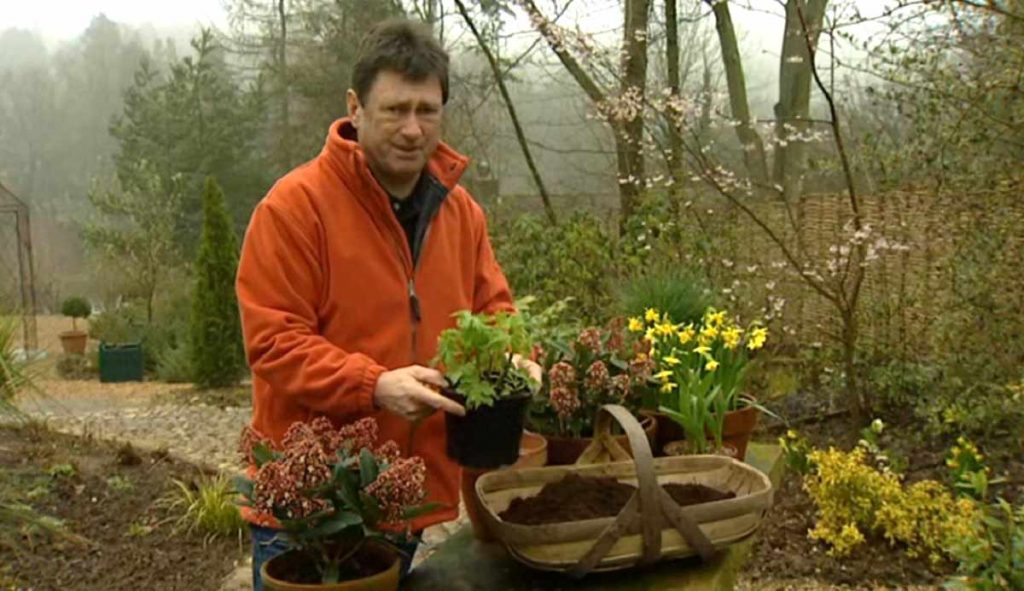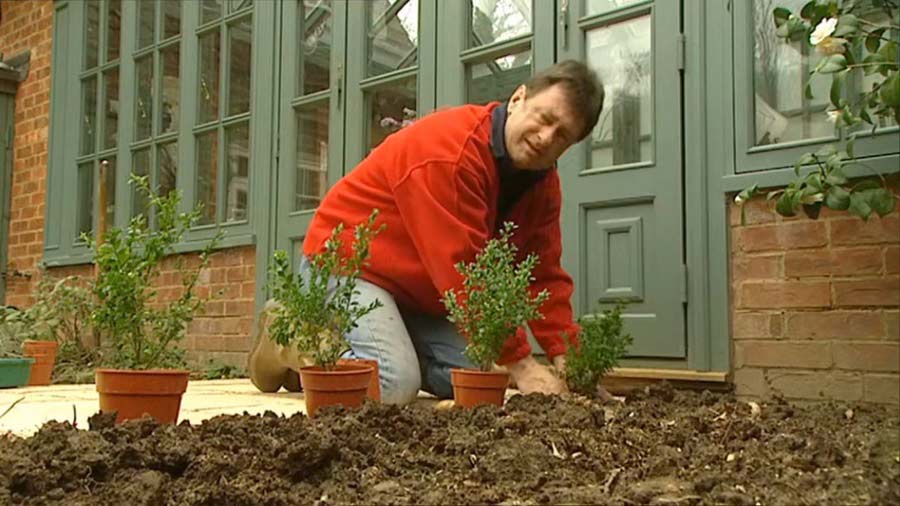Gardeners World episode 19 2002: Alan Titchmarsh adds some ornamental grasses to his borders for summer impact.
Gardening show packed with good ideas, tips, advice from experts and timely reminders to get the most out of your garden, whatever its size or type.
Gardeners World episode 19 2002
Ornamental grasses
Ornamental grasses can be used to great effect in our gardens, from providing a calming presence to more exuberant flowering plants to being the only focus of the design. There are grasses for damp or dry soil, shady as well as sunny situations. Many are ideal for gravel gardens, prairie planting, wildlife gardens and are great to add to the cutting garden; others perform well in containers.
Ornamental grasses tolerate a wide range of conditions, but most like an open sunny position in light, moist but well-drained, moderately fertile soil. They do not need much feeding; this can encourage lush foliage at the expense of flowers. One application of a balanced fertiliser in spring is adequate.
How to grow lavender
Lavender is prized for its richly fragrant flowers and aromatic foliage. This easy-to-grow shrub thrives in a sunny spot, in free-draining soil or a container. Lavender is best planted in April or May as the soil naturally warms up and when many fresh plants become available in garden centres. Lavender should never be planted in winter when young plants are vulnerable to rotting in cold, wet soils.
The plant looks great in flower borders, herb gardens and as a low hedge or edging to a border. It also grows well in containers.Lavender is a Mediterranean plant (in needs if not always in geographic origin) and needs lots of sun and fast-draining soil. Lavender will not survive long in shady, damp or extremely cold conditions. It prefers poor, dry or moderately fertile soil, including chalky and alkaline soils. Lavender will not thrive in heavy clay soil or any soil that becomes waterlogged over winter.
Left to their own devices, lavender can become woody and ungainly, so to keep plants compact and attractive, it’s best to trim them annually in late summer, just after flowering has finished. Remove any spent flower stalks and about 2.5cm (1in) of leaf growth. Foliage can be clipped over in spring if growth is untidy or frost damaged. Lavender does not break new growth easily from old stems so don’t cut back into the woody stems.




